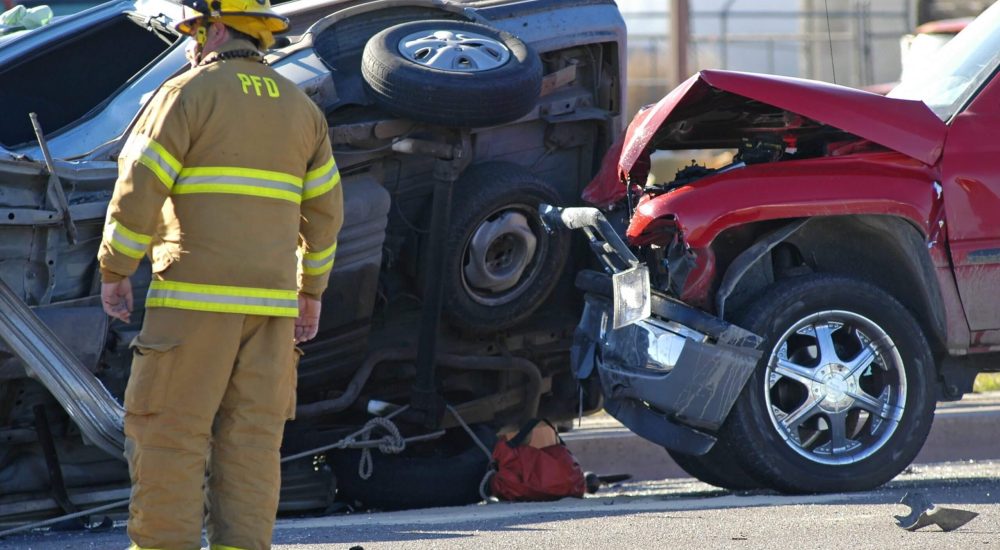High-Tech Ideas to Help ‘Winterize’ Your Vehicle
With the approach of the cold-weather months, most drivers know the essential items to keep in their cars or trucks for an emergency. Of course where you live or travel will dictate the precise necessities to include in your kit, but jumper cables, flares, a flashlight, blankets, a basic first-aid kit, and food and water often come to mind. In our higher-tech times, you may not have thought of these convenient and easy items to help out when you get stranded on the road or you are involved in an accident. Here, a few items insurance experts recommend for every driver taking to the roads:
Portable jump-starters
While jumper cables can be heavy, unwieldy, difficult to use, and require another vehicle to help jump your car, portable jump-starter packs eliminate these constraints. Lighter and much smaller than traditional jumper cables (approximately the size of four DVD cases stacked together), the portable kits easily fit into a trunk or even an inside console. Best of all, portable starters are powered by a lithium battery, so they not only jump your car without another vehicle, they can also be used to charge your smartphone. However, one caveat for owners of these devices: The battery has to be recharged periodically to make sure it is ready when needed, so be sure to read and follow all operating instructions.
Survival kits and apps
When you’re stranded during extreme weather conditions, it’s good to know how long you can run your engine on the remaining fuel. Kits such as the Winter Survival Kit app calculate how long you can keep your engine running with the remaining fuel in your tank. It also reminds you to turn off the engine every 30 minutes and to check your exhaust pipe for snow buildup to prevent carbon monoxide poisoning.
Car insurance apps
Today’s insurance companies have smartphone apps to assist policy holders, but many people don’t know they exist or what their benefits offer. While every app is different, installing your insurance app on your smartphone in advance of an emergency can save valuable time in a crisis. Many apps allow policy holders to call your insurance agent directly, collect and exchange insurance information in an accident, and begin a claim. Most insurance policies provide roadside assistance to help in nonemergency situations as well, such as locking keys in the car, fixing a flat tire or a jumping a dead battery. Check with your provider for details about your exact coverage.
Vehicle repair apps
Whether you’re experiencing an actual auto emergency or just a roadside breakdown or small problem—and sometimes it’s difficult to tell the difference— smartphone apps like RepairPal can tell you how much to expect to pay for a car repair as well as where to find the nearest mechanic. In addition, the mapping application on your smartphone allows you to easily pinpoint your location so you can direct helpers or notify your family and friends via text message.
Credit card, bank apps, other resources
It’s worth noting that many people have overlapping benefits when it comes to roadside assistance and emergency help, but few people take advantage of the services they already pay for in the form of premiums or annual fees. Most credit cards and major banks offer roadside assistance and a litany of helpful resources if you get stranded away from your home or office. Trade, service and fraternal organizations may also offer benefits at no extra charge. Checking with such organizations and downloading apps or phone numbers to your smartphone can make it easier to keep these services organized and at the ready.
These tips and tools can help drivers avoid further danger or deal more efficiently in a challenging roadside situation. If you or a loved one have been involved in a car or truck accident and have questions about your rights or how to proceed, the experienced lawyers at Stevenson & Murray can help. Call today for a no-obligation consultation.

Get Help Today
Request a Free Consultation
"*" indicates required fields


